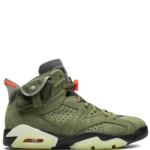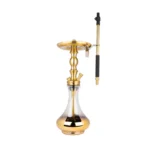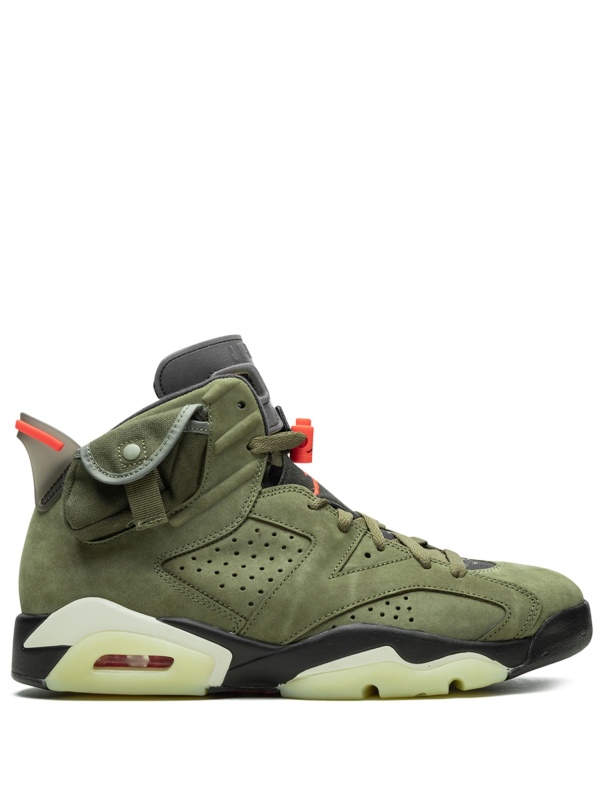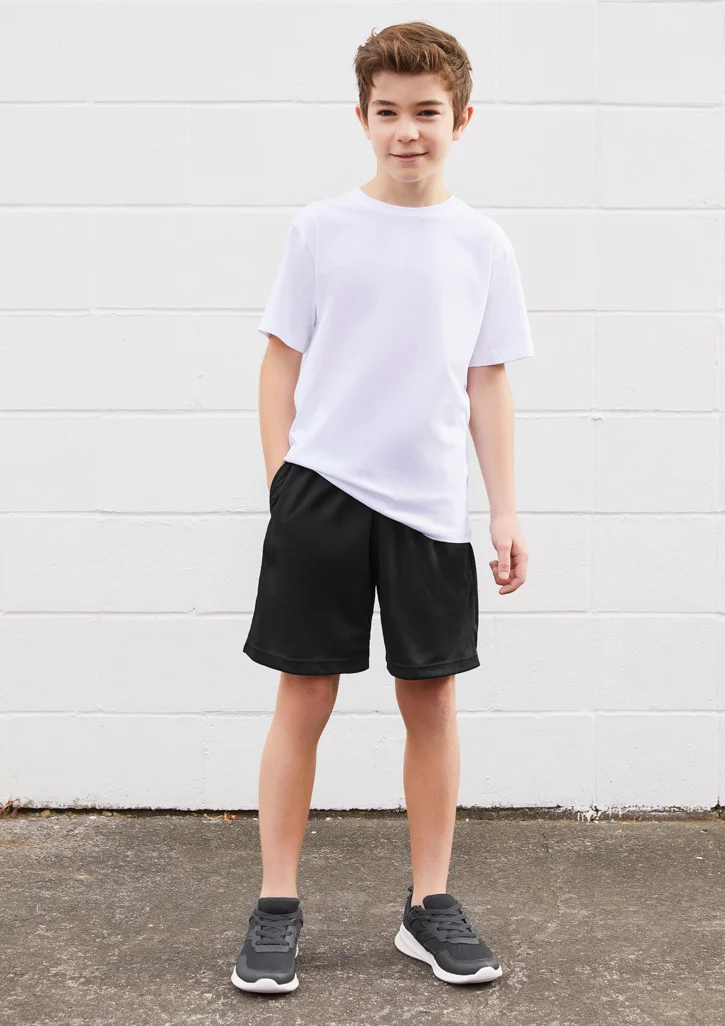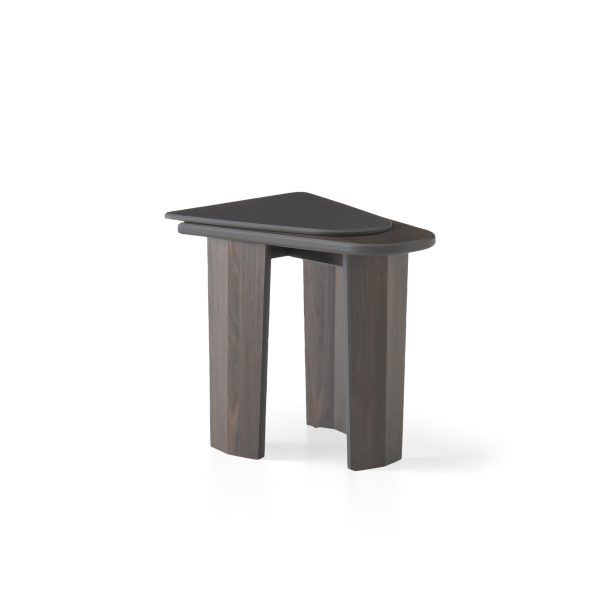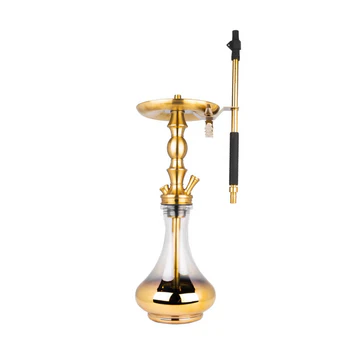As pet owners, we do everything we can to keep our furry friends safe and comfortable, especially in extreme weather conditions. Whether it’s sweltering heat or freezing cold, the sensitive pads on your pet’s paws are vulnerable to damage. Without proper protection, their paws can suffer from burns, frostbite, and other injuries. In this guide, we’ll cover essential tips and strategies to protect your pet’s paws from extreme weather conditions so they can continue to enjoy outdoor adventures safely.
Visit: https://j1petsupplies.com/
Why Your Pet’s Paws Are Vulnerable
Your pet’s paw pads are tough but not invincible. They act as shock absorbers, protect their joints, and offer insulation from rough surfaces. However, these pads are still sensitive to temperature extremes and can be damaged by hot pavement, snow, ice, and chemicals. It’s essential to understand the risks associated with different weather conditions to take the necessary precautions.
Heat Dangers: Burnt Paw Pads
When it’s hot outside, surfaces like asphalt, concrete, and sand can become unbearably hot. If the ground is too hot for your hand, it’s too hot for your pet’s paws. Walking on scorching surfaces can cause burns, blisters, and peeling of the paw pads.
Cold Dangers: Frostbite and Cracking
In cold weather, snow and ice pose a significant risk to your pet’s paws. Exposure to freezing temperatures can lead to frostbite, while walking on icy surfaces may result in cracks and cuts. Additionally, salt and chemical deicers used to melt ice can irritate and even burn their paws.
Signs of Paw Damage
Before we dive into prevention tips, it’s essential to recognize the signs of paw damage. If you notice any of the following symptoms, your pet’s paws may need immediate attention:
- Limping or avoiding walking.
- Excessive licking of their paws.
- Blisters or red, raw patches on the paw pads.
- Cracked or bleeding paw pads.
- Signs of pain or discomfort when walking on different surfaces.
If you spot these signs, clean their paws gently, apply pet-safe balms, and consult your veterinarian if the damage appears severe.
Protecting Your Pet’s Paws in Hot Weather
1. Walk During Cooler Times of the Day
One of the easiest ways to protect your pet’s paws from hot surfaces is by walking them during cooler parts of the day, such as early morning or late evening. Avoid taking your pet out during the peak heat of the day when the ground is hottest.
2. Test the Surface Before Walking
Before heading out, use the “seven-second rule” to check the temperature of the ground. Place the back of your hand on the surface for seven seconds. If it’s too hot for you, it’s too hot for your pet. In that case, opt for grass or dirt paths, which tend to be cooler than asphalt or concrete.
Visit: Bully Stick
3. Use Pet-Friendly Paw Wax or Balms
Paw wax and balms provide a protective layer over your pet’s paw pads, helping to insulate them from hot surfaces. These products are especially helpful for pets who love long walks or hikes. Make sure to choose a product that is specifically designed for pets and apply it before each walk.
4. Invest in Pet Booties
Pet booties are a fantastic option for extreme weather protection. These specially designed shoes protect paws from hot surfaces, rough terrain, and even sharp objects. Make sure to choose booties that fit properly and are comfortable for your pet.
Protecting Your Pet’s Paws in Cold Weather
1. Trim Fur Around the Paws
In cold weather, ice and snow can accumulate between the fur on your pet’s paws, leading to discomfort and potential frostbite. Keep the fur around their paw pads trimmed to prevent ice buildup. Just be careful not to trim too closely, as the fur also provides some insulation.
2. Rinse Paws After Walks
Snow, ice, and salt can cling to your pet’s paws after a walk. When you get home, rinse their paws with warm water to remove any ice or chemicals. This will prevent irritation or burns from salt and other deicers. You can also wipe their paws with a damp cloth if you’re short on time.
3. Moisturize the Paw Pads
Cold air can dry out your pet’s paw pads, causing them to crack and become painful. After rinsing their paws, apply a pet-safe paw moisturizer to keep their pads hydrated and healthy. Avoid using human lotions, as they may contain ingredients harmful to pets.
4. Use Booties for Extra Protection
Just as booties protect paws from hot surfaces, they also serve as excellent insulation in cold weather. If your pet tolerates wearing them, booties can prevent frostbite, cracking, and irritation from ice and chemicals. Choose waterproof or insulated booties for maximum protection in snowy or icy conditions.
All-Weather Tips for Paw Protection
1. Keep Nails Trimmed
Long nails can affect how your pet’s paws come into contact with the ground, potentially causing discomfort or injury. Keep their nails trimmed to the appropriate length to ensure they walk comfortably in any weather.
2. Pay Attention to Paw Health Year-Round
Regularly inspect your pet’s paws for signs of dryness, cracking, or irritation. Keeping their paws in good shape throughout the year will make them more resilient to extreme weather conditions. If you notice any issues, consult your veterinarian for advice on treatment and prevention.
3. Build Up Paw Toughness Naturally
While it’s essential to protect your pet’s paws, allowing them to walk on natural surfaces like grass, dirt, or sand can help toughen up their paw pads over time. A little exposure to these surfaces in moderate weather can make their pads more resistant to extreme temperatures.
When to Avoid Outdoor Activities
In some cases, it’s better to skip outdoor activities altogether. If temperatures are extreme, either too hot or too cold, it’s safer to keep your pet indoors and engage in indoor play or activities. If you do go outside, limit the duration and monitor your pet closely for signs of discomfort.
Conclusion
Protecting your pet’s paws in extreme weather is crucial for their comfort and well-being. By taking the necessary precautions, such as using paw balms, investing in booties, and avoiding walks during the hottest or coldest parts of the day, you can ensure your pet’s paws stay healthy year-round. Regular checks and a little extra care go a long way in preventing painful injuries or damage, allowing your pet to enjoy the great outdoors safely, no matter the weather.
